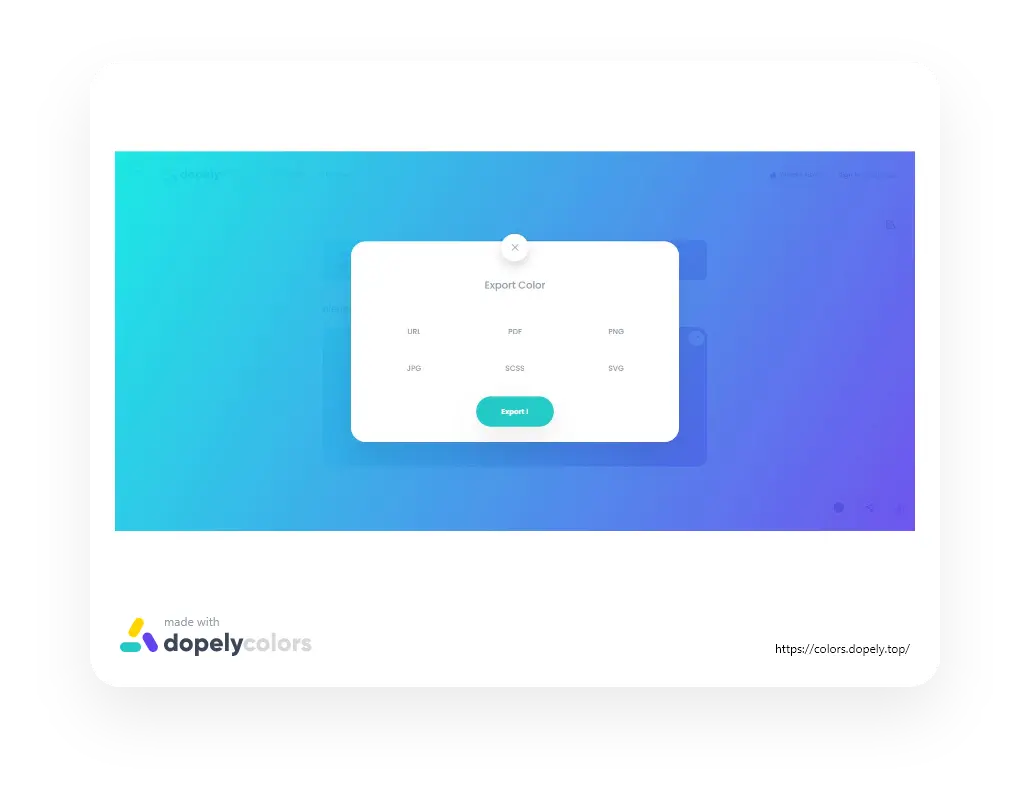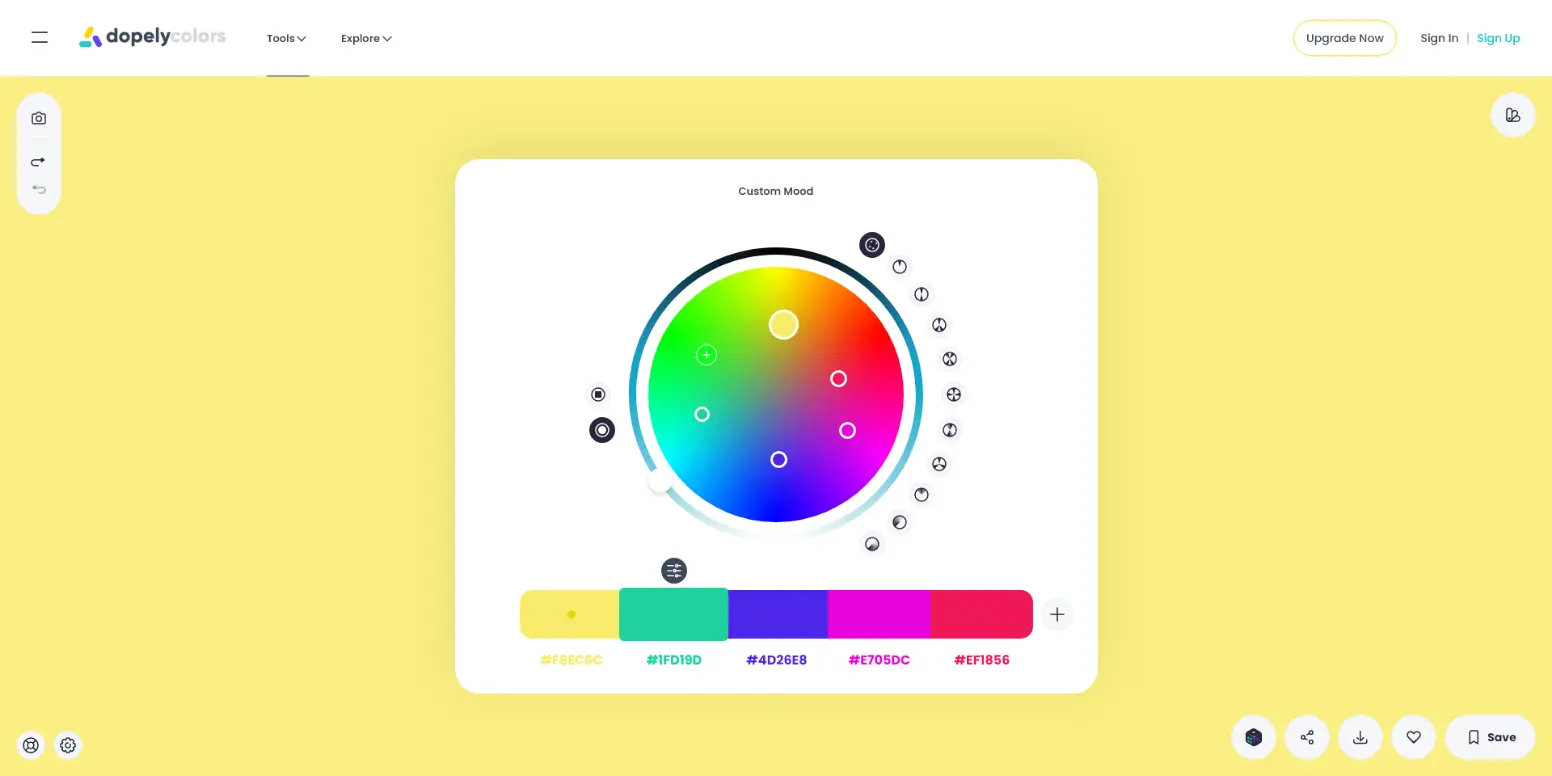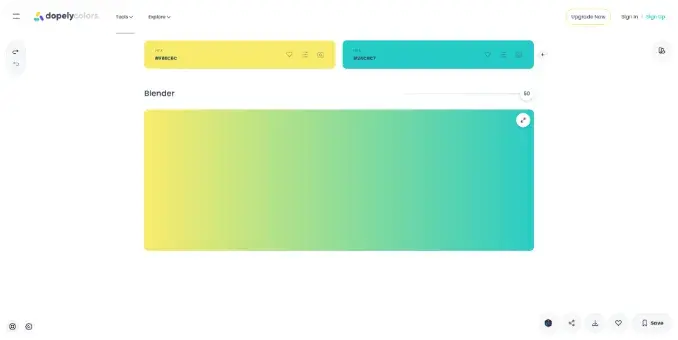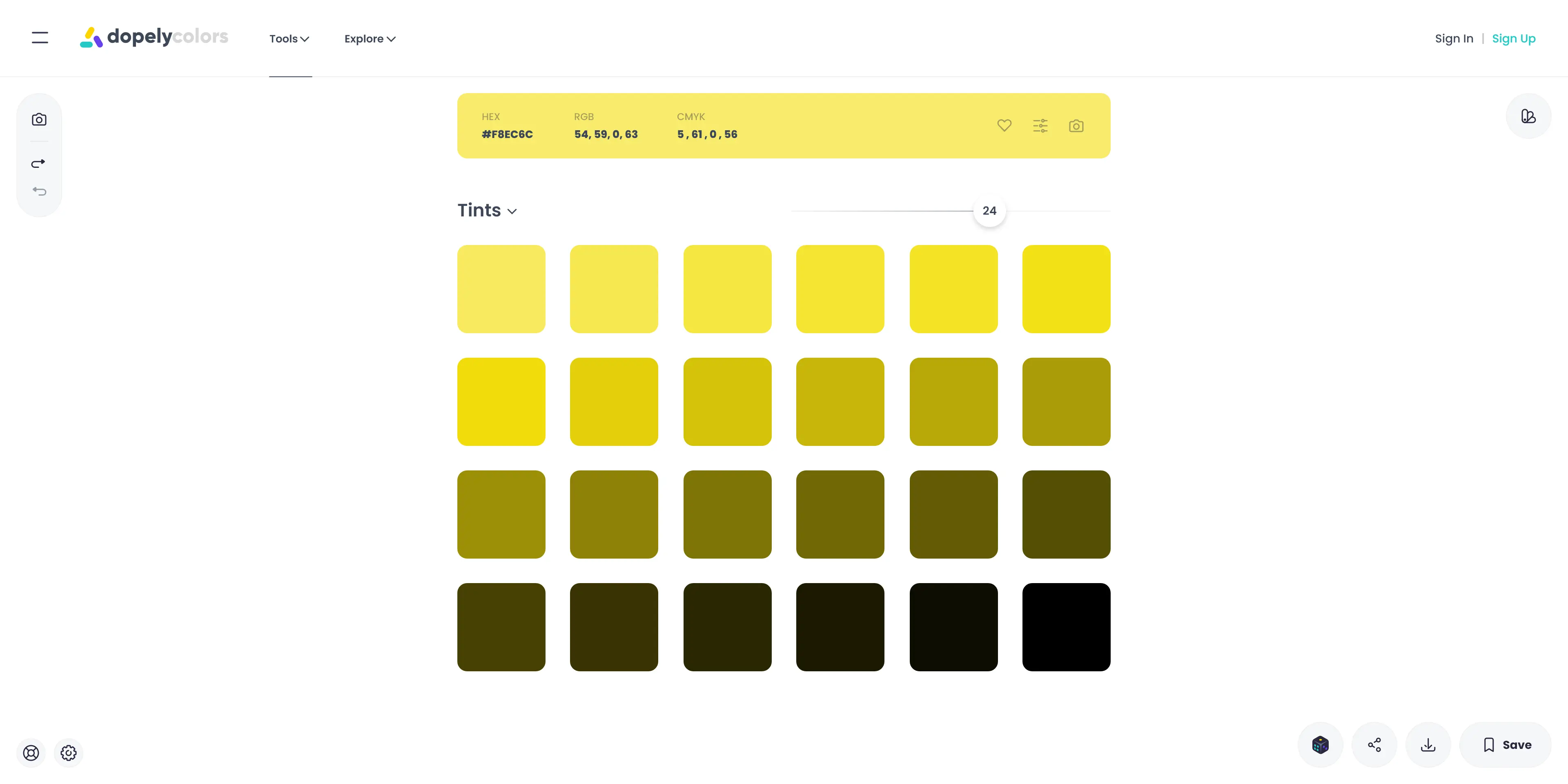About The Color Blender Tool
This tool helps you blend two colors and create a spectral palette that contains the shades between those colors.
What Is The Meaning of Color Blending?
The term color blending refers to a painting technique where two colors are gradually blended together mostly when they are still wet, resulting in a smooth transition (a color gradient) from one color to another. Transition colors are a result of the two blended colors (for example, blending blue with yellow will make a green transition color in the middle point).
What Is The Color Blender?
A color blenderis a tool which helps you generate a color transition between two colors in adjustable midpoints . It produces color scales by combining shades of the two given colors. So, you need an 'initial colo' and a 'final color' or a “first color” and “second color” to blend them together .
There are these two colors you can enter in hex, RGB, CMYK, HSB, Pms or pick from a color wheel, and then also choose the levels of the blend (on a scale of 1 to 50), to see the stepped gradient colors. The closer it gets to each main color, the closer the spectrum (shade) gets to the same color.
How To Use The Color Blender Generator
Choose a color value format or use the color picker, then enter two correct CSS color values in that format. Finally, choose the number of midpoints you want to see.
The palette will show the inserted colors, also the requested number of midpoint colors, and their values. When you switch between value formats, whatever values are currently in place will be translated. Also, you could see random color blendings, edit them, or even save and export them in different formats, as URL, JPG, PNG, PDF, CSS, SVG, TXT, and HTML.
The Use Of Color Blending
1. In Art
- Color blending is often used in paintings. As mentioned before, It's a technique for making a smooth transition or softening lines by combining two or more colors or values.
2. In Digital Art
- When you change the blend mode of a layer to Color, only the color (all of the hues and their saturation values) of the layer is blended in with the layer or layers below it. The layer's luminosity (lightness) values are ignored entirely.
In whatever medium you want to work with as an artist, it's important to practice blending. It contributes to the work's subtlety and can give it a more polished, finished appearance. We generally use the blending technique to mix two separate colors of paint. There are various approaches to this. Artists frequently study several techniques and choose the best to produce the desired results for a specific painting. Blending can be achieved with any form of paint, but we mostly think of it when dealing with either oils or acrylics. It's a great way to make a smooth transition from one color to the other, and it's especially practical for finer details and making your paintings look more natural. You can combine by adding more paint or working with the paint on the canvas or paper which is already there.. Use a completely clean and dry brush for blendings; because even the trace of other colors may mess up the result. You can also use a colorless blender pencil in your drawings. Colorless blender pencils are pigment-free, wax-based cores that allow you to soften and blend your pencil drawing without changing the color palette. At the end, your artwork's colors will remain bright.

In photoshop, the term 'color blend mode' refers to the combination of the first two modes in the composition category, hue, and saturation. If you choose to integrate or adjust colors in a picture without adjusting the brightness values, the Color blend mode is ideal. Color is the polar opposite of our fifth and final critical blend mode, Luminosity, which ignores all colors in the layer and blends only the lightness values.
Basics of color blending
Color blending requires harmony and balance. What does this mean??There are color schemes (primary colors, secondary, analogous, etc.); which can help you pick the best for your color blendings. Some colors are better as a mixture, and some others are not. Color schemes tell you what colors go better together.
“Don't mix too much,”is the golden rule of color mixing in painting and drawing media. Overmixing would dull a mixture, even though you're using the right colors. A reasonable mixture reflects both the original colors used and the mixture itself, such as yellow and blue, as well as green. some ideas for blending:
- Yellow and Blue
- Navy and Teal
- Black and Orange
- Maroon and Peach
- Deep Purple and Blue
- Navy and Orange
Get Inspiration From Nature
If you need ideas and you don't know where to begin, just look around yourself. You'll find tons of ideas in nature. let's see some of them:
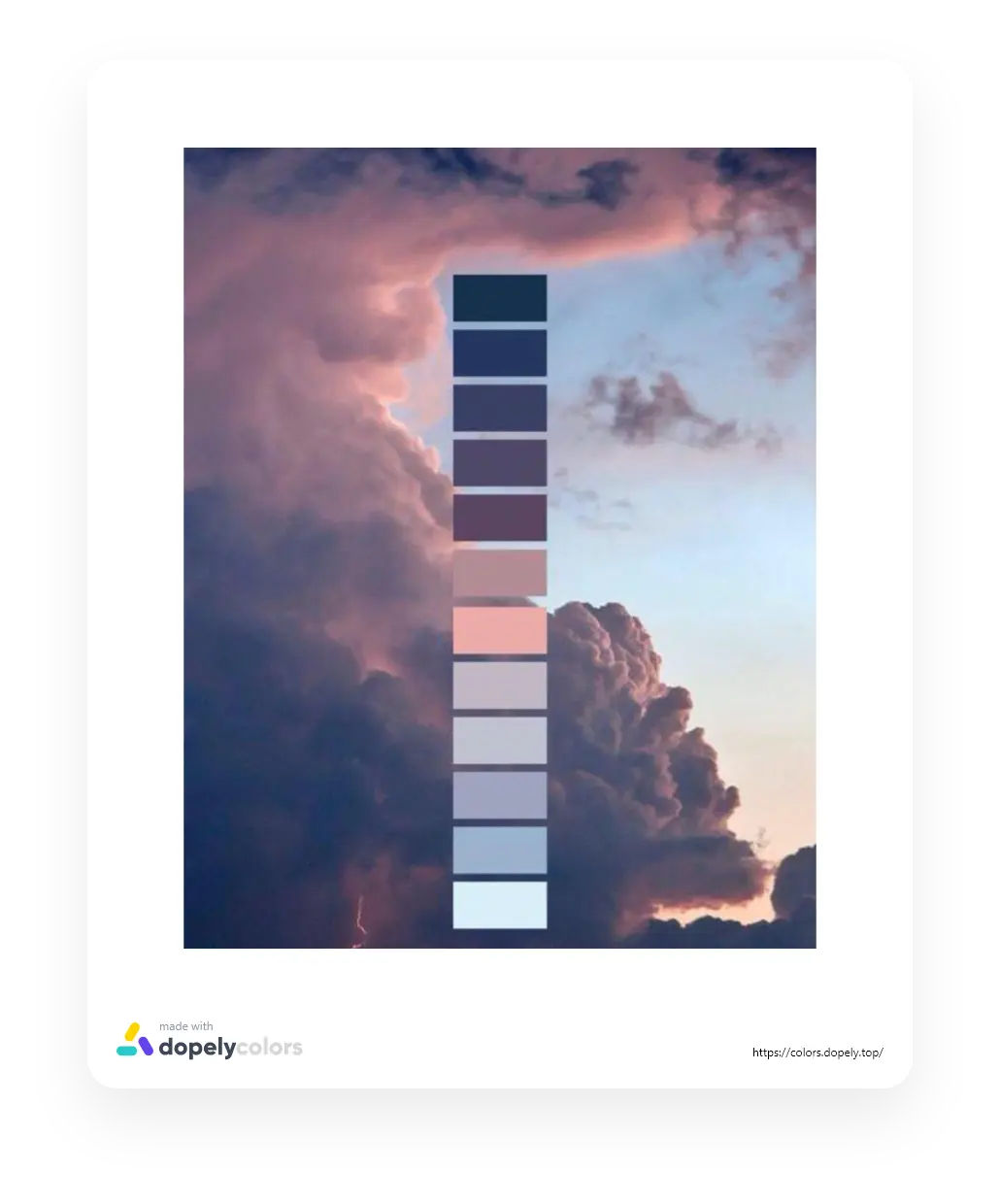
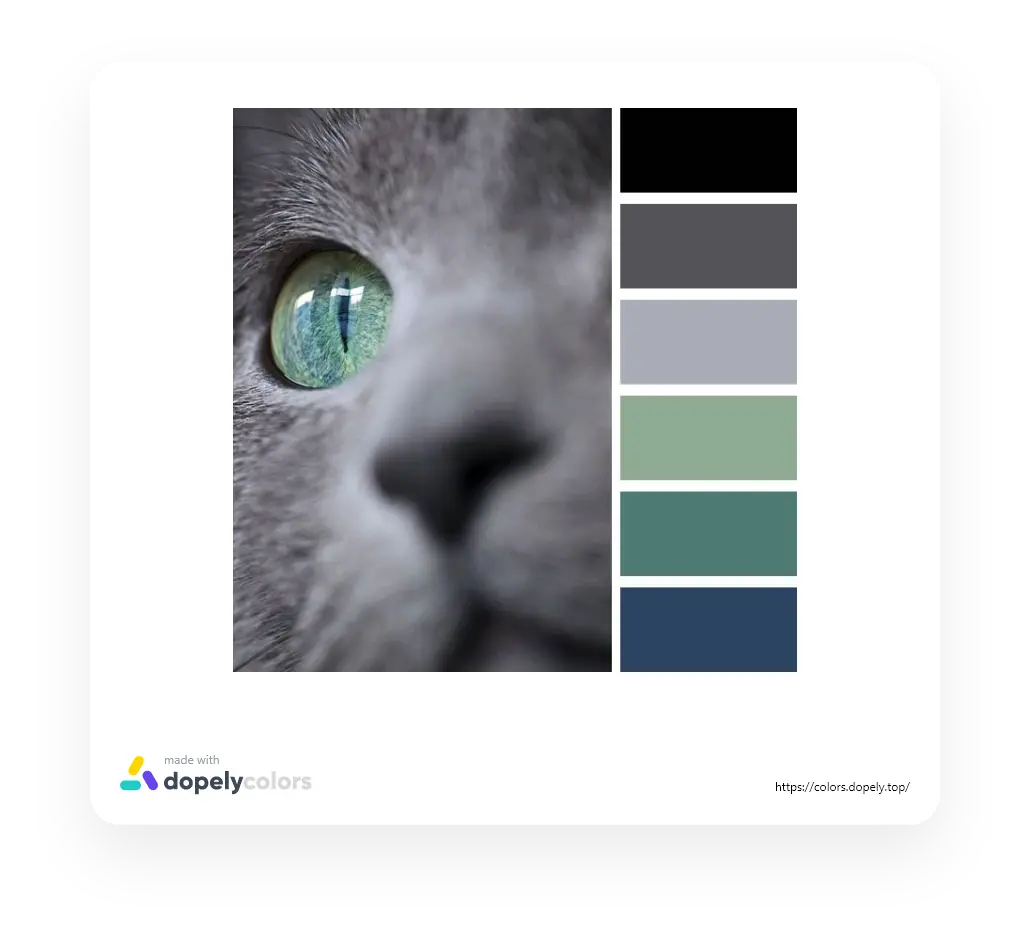
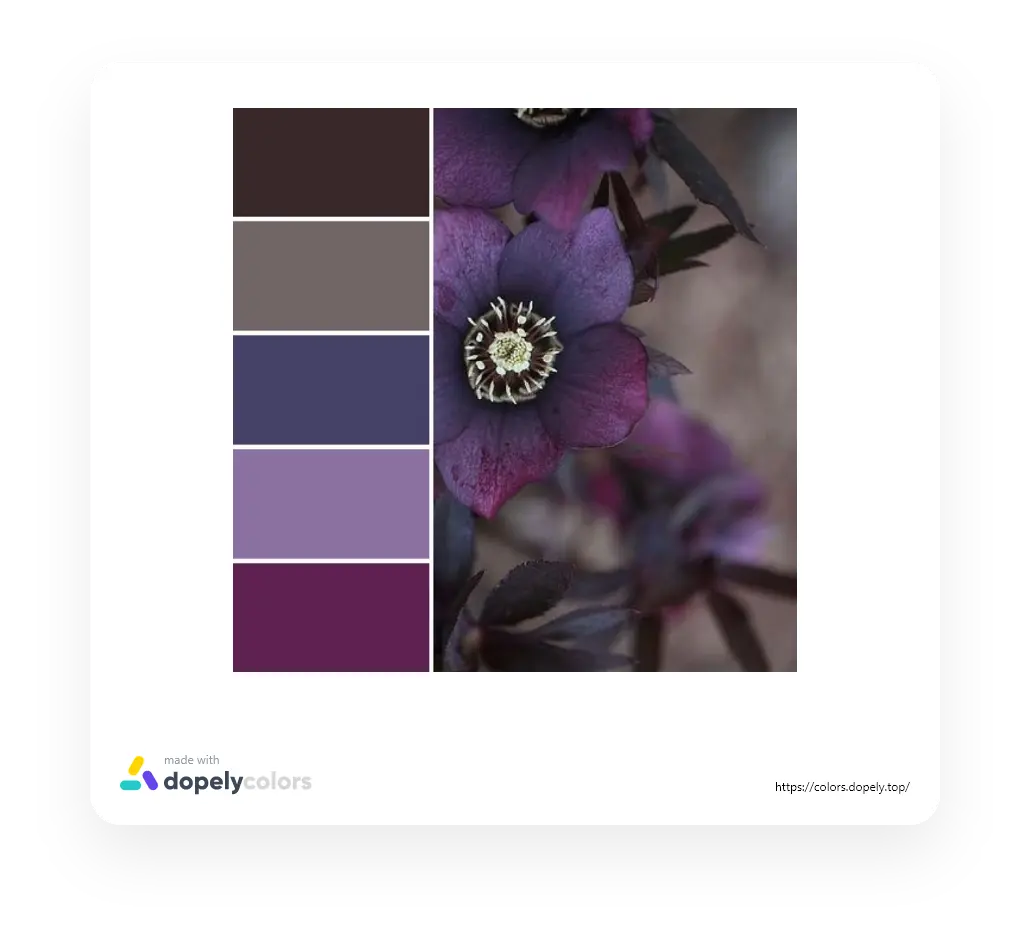
Features
- Blend colors
- Choose the steps of blend (levels of transition)
- Adjust colors’ details (hue, saturation, brightness)
- Pick colors from image
- Export, save, share, or like your work
- Generate random blend
Dopely color blender allows you to:
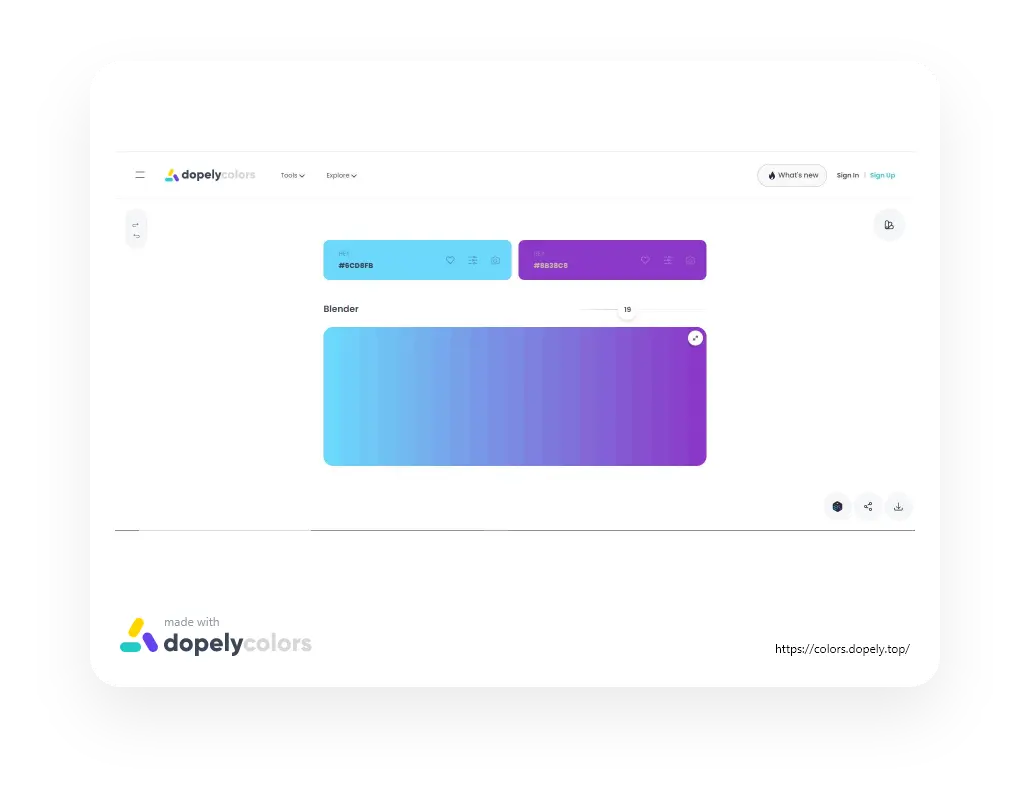
Helps
Here, you can choose the two colors that you want to blend. you can adjust both of them too!
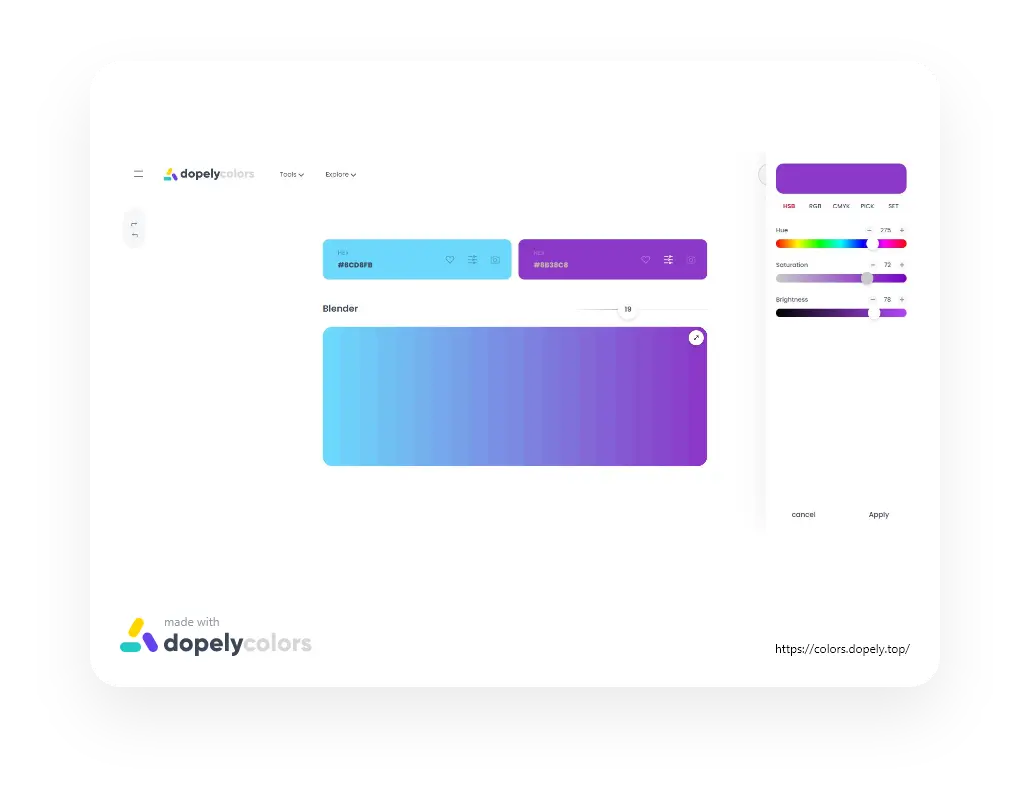
Have until 50 steps between colors; by moving the white circle on the line of blender
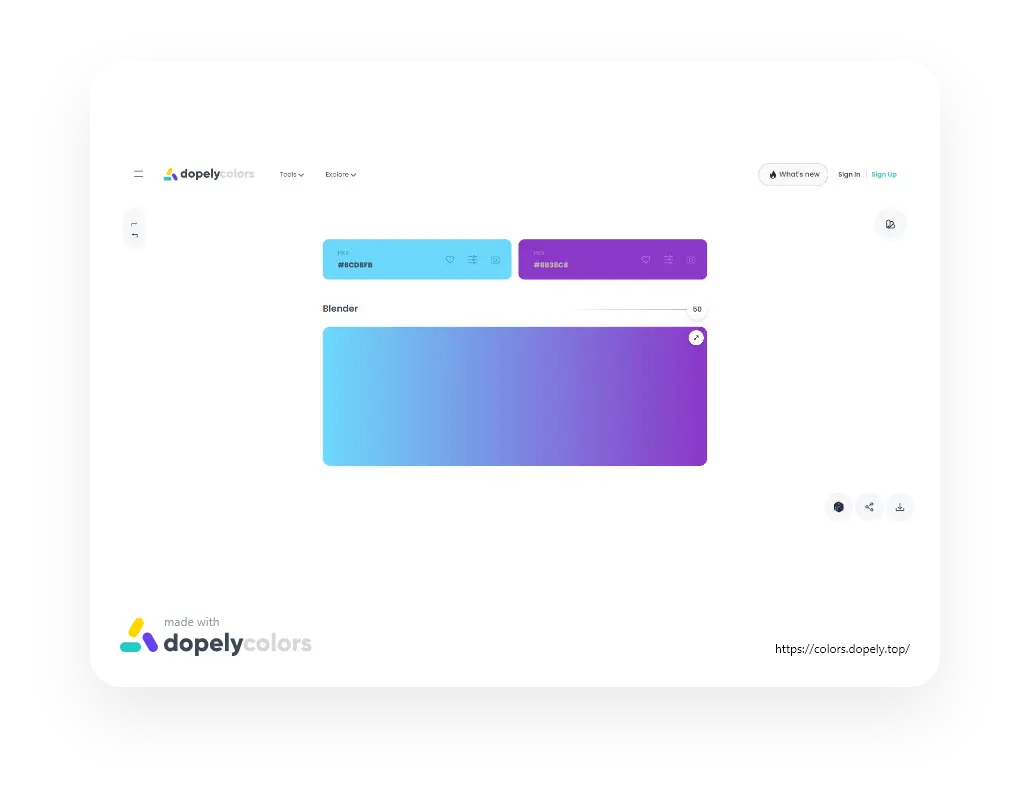
Have color steps in full screen by using two way arrow on the right and up(there is an extra space) side of color steps.

By holding cursor on each color, you can like color, have the hex code, and have the shade, tint, and tone of color
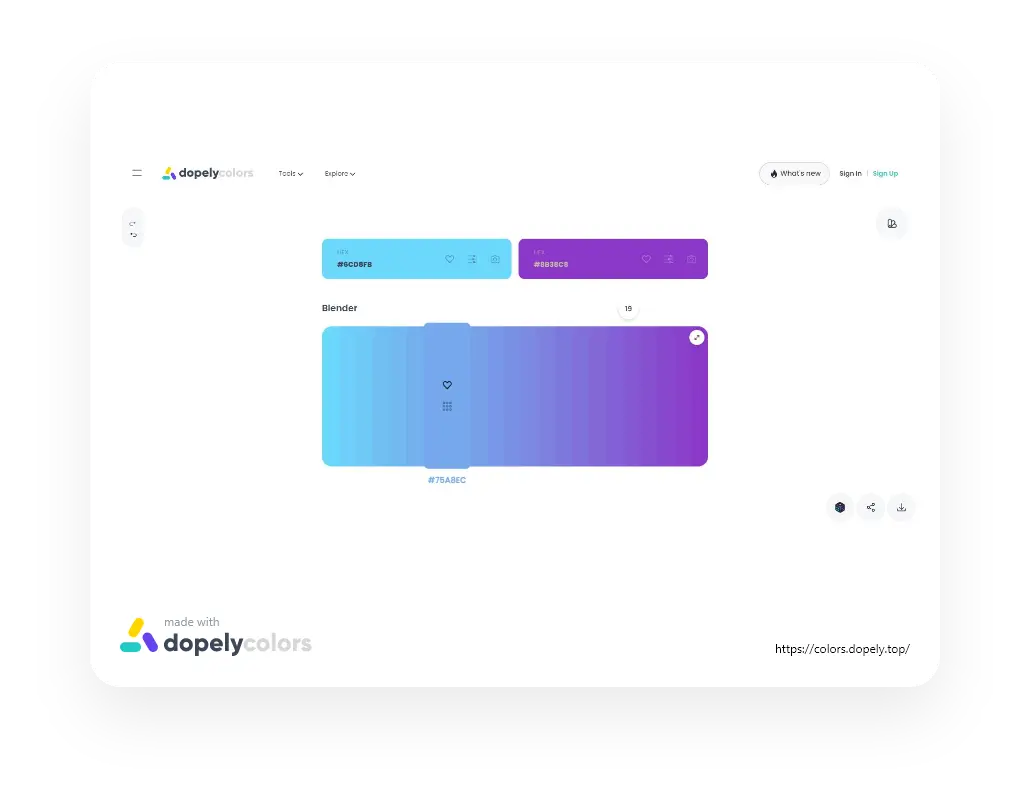
Use dice to have random colors in blender.
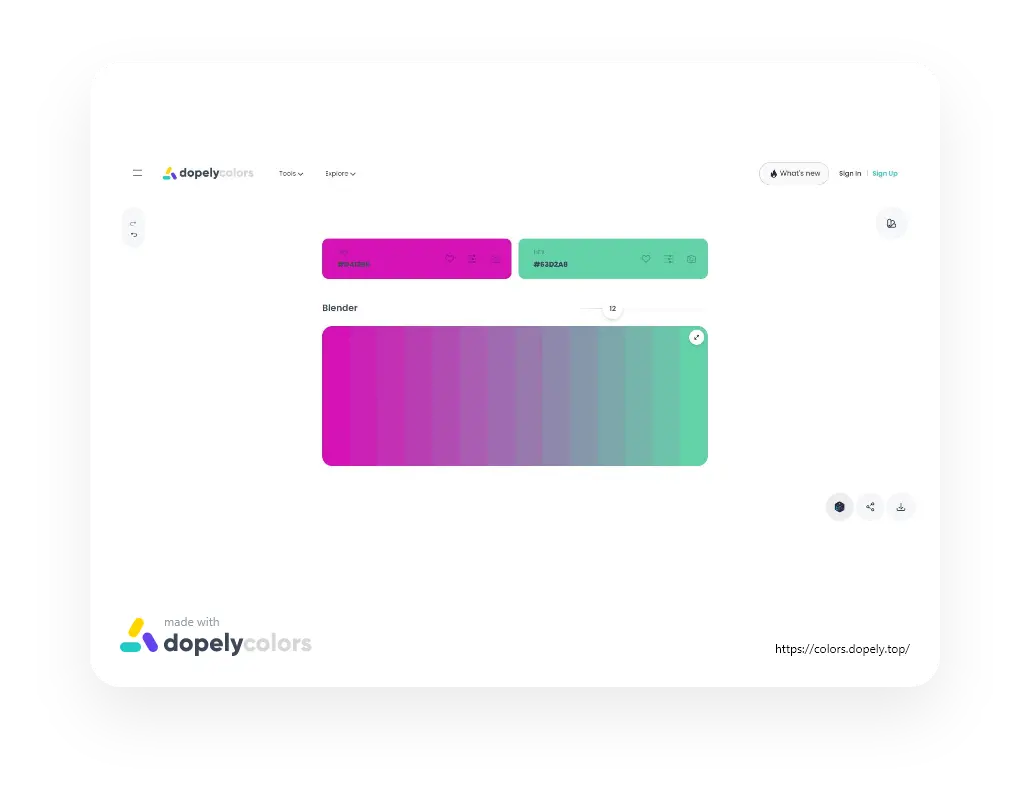
You can share your final color transition in LinkedIn, Facebook, and Twitter

And export it in 6 formats.
